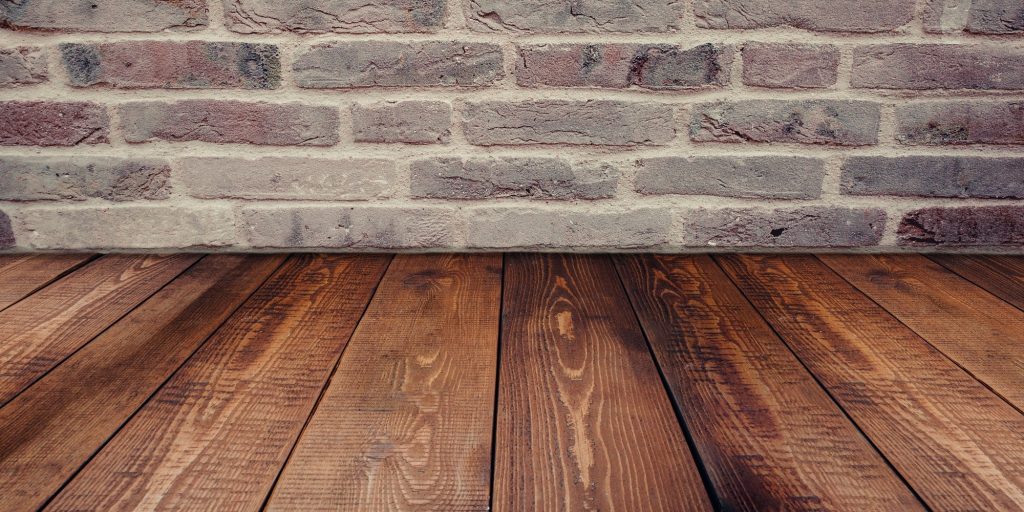Hardwood floors shouldn’t only be aesthetically pleasing and be a welcome compliment for the rooms in your home. Depending on the material you get, you can make your home more environmentally conscious using woods like reclaimed wood, while still getting the quality you’re looking for.
Our online wood floors 101 courses will go over: What does it mean for a hardwood floor to be eco-friendly? Let us tell you.
Why Should Your Hardwood Floor Be Eco-Friendly?
Hardwood floors are chock-full of timeless appeal, making them one of the most sustainable flooring options for homeowners. They are pleasant to the eye, flexible, and highly durable. And, hardwood floors pair with just about any type of home décor.
One reason why hardwood floors are sustainable is because hardwood species like oak release less carbon emissions and have a lower carbon footprint when they’re being produced. Hardwood floor production takes note of issues caused by deforestation, with materials coming from trees that were replanted and preserved in forests. By choosing an eco-friendly hardwood floor, you show your concern for the environment.
How Can You Ensure That Your Hardwood Floor is Truly Eco-Friendly?
One of the most important things you’ll learn in our wood floors 101 course is that floors will come with a label that says it’s certified by the Forest Stewardship Council (FSC), a non-profit organization dedicated to the sustainable harvesting of different wood types. Wood with that type of label is trustworthy and durable, assuring you that eco-friendly practices were conducted throughout the production phase.

Hardwood floors use sustainable production methods.
You can also do a few things to make your hardwood floors even more eco-friendly, like using reclaimed wood and water-based finishes. These finishes are high-quality and have good reuse value.
Learn more about T&G Flooring and how our wood floors 101 course can help you understand the ins and outs of hardwood floors!

